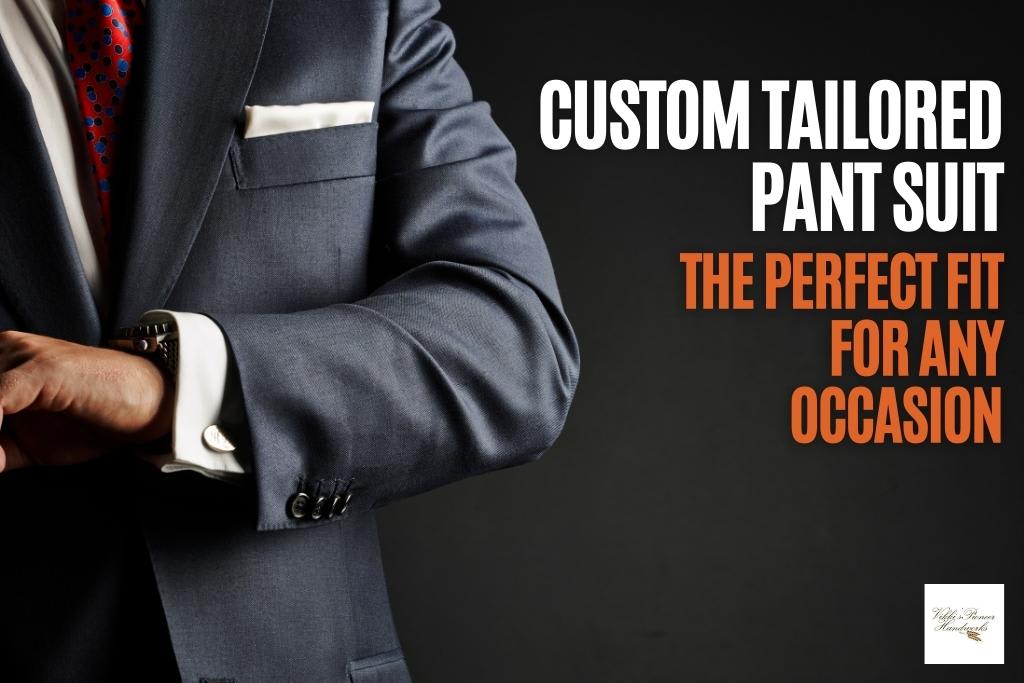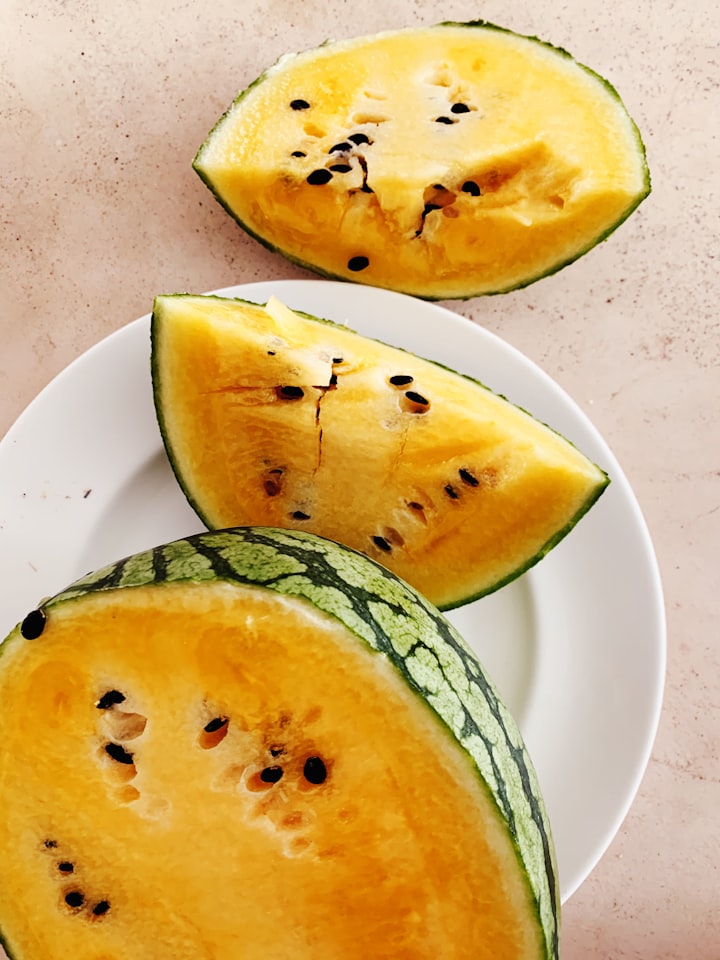
Pant suits are ideal for the busy professional who wants to look best without wearing uncomfortable and unflattering business wear. They’re also perfect if you want to dress up your casual weekend wear, like jeans or leggings. However, finding a custom pant suit can be challenging because it has to fit you perfectly in order to be flattering; this means that it needs to be tailored just for you, since off-the-rack suits don’t always come in your size or measurements. A tailor can take your measurements and create a suit that fits you perfectly.
Here’s everything you need to know about sewing or tailoring your own custom pant suit in order to make the perfect choice.
The benefits of a custom pant suit
A custom-made suit is not only more affordable than you might think, but it's also much better quality. You'll save money in the long run because you won't need to replace it as often. It's also more comfortable because it will be tailored to your exact measurements so that there are no loose or tight spots where you might chafe or feel restricted.
For women, pant suits are great as they're an easy way of dressing up or down with just a few small adjustments, such as swapping heels for flats, changing up your jewelry, adding some earrings, and switching out your lipstick color.
How To Take Measurements
The first step to creating a custom-made garment is getting your measurements. You will want to measure your chest, waist, hips, arm length, shoulder width, and inseam. The best way to do this is with a friend or professional tailor who can take all of your measurements accurately. Your numbers are going to be different from everyone else's because you have unique proportions. This may seem like an insurmountable task but it is one of the most important steps in making your suit and you definitely won’t want to mess it up! Watch the tutorial on how you can take measurements, here
I’d suggest you always consult a tailor. A good tailor will make sure that you get a bespoke piece that is created just for your body.
Since there are so many differences in our bodies it is impossible to guess what size we need, especially when it comes to things like shoulder width which can change depending on how much weight we lose/gain. A tailor will also let us know if there are any aspects of our anatomy that we should pay attention to during the fitting process. For example, if we have broad shoulders then they'll tell us whether or not we need extra fabric around the seams at that point on our body.
Choosing The Right Fabric
- Woven fabrics are often heavier than knits but they tend to be more formal in appearance. They can also be more difficult to sew because they don't stretch as much as knits do.
- Knit fabrics are generally lighter weight and easier to sew than wovens because they stretch more. However, knits may not have as formal of a look as woven fabrics do. The best choice is really up to you!
Next is choosing the style of your pants. When you choose your style, keep in mind that there are many different ways you could tailor them depending on your desired look! Finally, it's time to make your final decision! Once you've chosen all these features, the best thing to do is head over to tailor ship where their skilled seamstresses will help make sure you get exactly what you're looking for. They offer custom sewing and tailoring services so no matter how picky you are about getting the perfect fit, they'll find a way to meet your needs.
Drafting The Pattern
The first step in making your own custom fitted pantsuit is to draft your pattern. To do this, you need to measure your body in all of the right places, so that you can create a pattern that will wrap around your body perfectly. Once you have this pattern, you can use it as many times as you want to make more suits. To watch the tutorial that will teach you how to draft the pattern by measuring yourself, click here
Cutting, Assembling & Sewing
Use your pattern to line up and cut the fabric. Once the fabric is cut, then it is time to assemble. All of the pieces would be double-sided, so one side will be facing out while the other will be against you while sewing. The next step is joining all of these pieces together using pins and thread. Sewing techniques can vary depending on what type of garment you are making.
The type of stitch used in the seams depends on how much give or stretch there will be in those areas and on what kind of garment is being made; when sewing with certain fabrics, such as wool or silk, it might be necessary to backstitch at intervals in order to prevent ripping.
After cutting out all of your pieces, it's time to sew them together. The seams are sewn with either a straight stitch or an overcast stitch. Generally speaking, the straighter the seams are sewn on this step, the better they will look on your final garment! If you plan to line your garment (which most people do), it is important to match up all raw edges before pinning. Once pinned, make sure to cut away excess fabric around the opening so that the lining is shorter than what you want your outerwear piece to be. Once these steps have been completed, fold both fabrics together with wrong sides facing and underlap about 1/2 cm of one layer over the other so that the raw edge at one end matches up with its counterpart on the other side.
The seams are sewn with either a straight stitch or an overcast stitch. Generally speaking, the straighter the seams are sewn on this step, the better they will look on your final garment! If you plan to line your garment (which most people do), it is important to match up all raw edges before pinning. Once pinned, make sure to cut away excess fabric around the opening so that the lining is shorter than what you want your outerwear piece to be. Once these steps have been completed, fold both fabrics together with the wrong sides facing and underlap about 1/2 cm of one layer over the other so that the raw edge at one end matches up with its counterpart on the other side.
BEST CUSTOM TAILORS IN TOWN
Tailoring your own suit is not only an affordable option, but it also gives you complete control over the fit. Sewing your own is surprisingly easy once you have learned some basic sewing skills like how to sew. But if you think you can’t pull it off, better consult a tailor. Ask the professionals to make the one for you.
We have extracted a few best custom pant suit tailors for you. You can check them out with your concerns:
1. Vikki Tailor’s Pioneer Handworks They are the best in their custom-fitting game. Must check them out
2. Mohan’s Custom Tailors
3. Alan David Custom
4. John Daniel’s
5. Senszio
Every inch of your body is worth paying attention to. Make sure that you are in control of how your body looks by investing in a customized suit. Custom tailored suits will take away all the guesswork about what can be flattering for your shape. If you're looking to impress at that interview, date, or business meeting, invest in a finely tailored suit from Vikki Tailor!
About the Creator
Qamri
Expert and Experienced in SEO - PPC & SEM - Over 6 years of experience in core Website Marketing and Digital Marketing.






Comments
There are no comments for this story
Be the first to respond and start the conversation.